John Young in Photos: Astronaut, Moonwalker and Space Shuttle Pioneer
Moonwalks
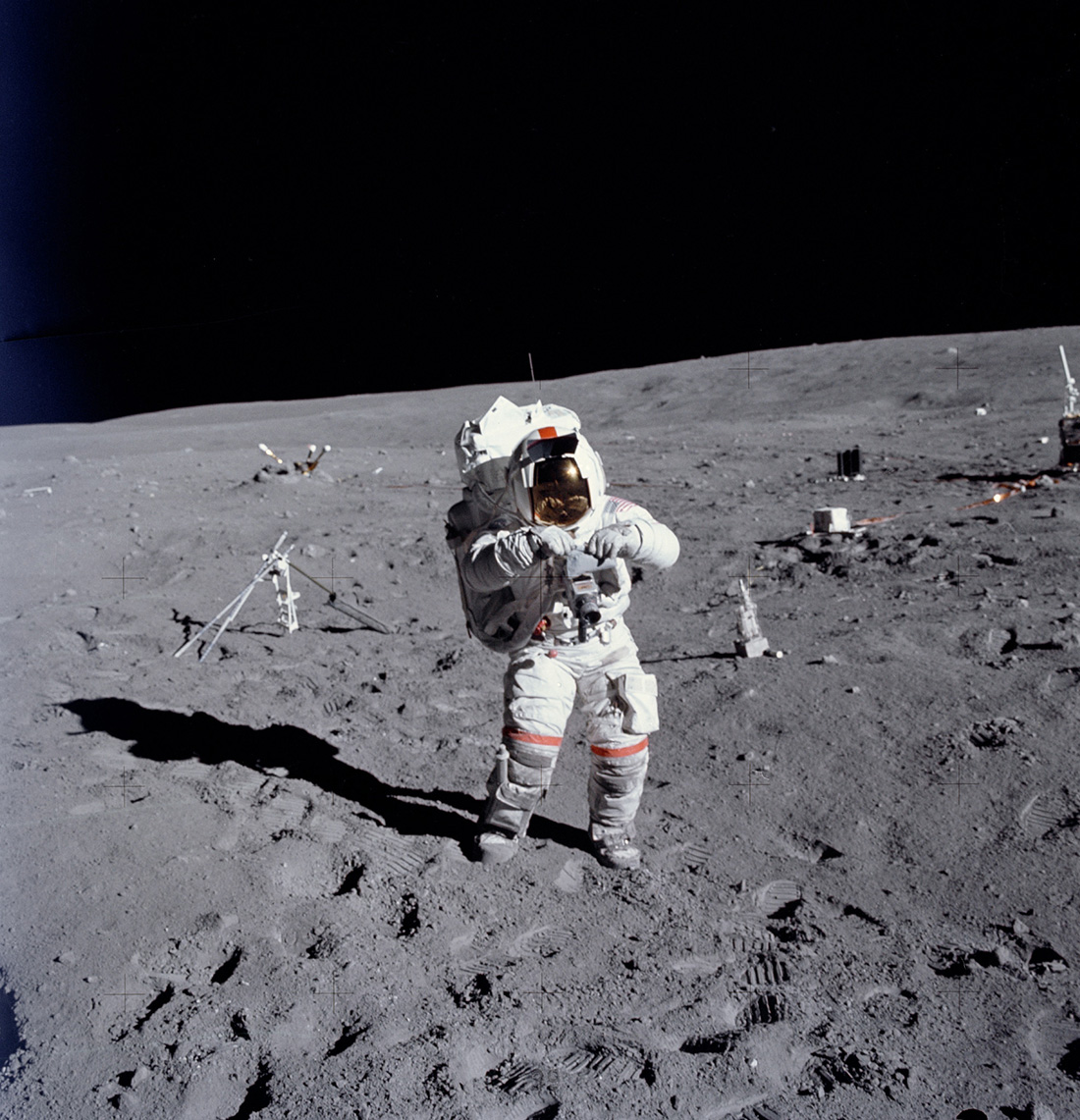
At the Descartes landing site on April 21, 1972, during the first of three extravehicular activities, the Apollo Lunar Surface Experiments Package was deployed. Astronaut Charles M. Duke, Jr., lunar module pilot, photographed astronaut John W. Young, commander, at the site. The modules of the ALSEP — the lunar surface drill to the right, the drill's rack and bore stems to the left, the three-sensor Lunar Surface Magnetometer on the rear left, the Radioisotope Thermoelectric Generator, Heat Flow Experiment and central station — are scattered throughout the background.
A Moon Salute
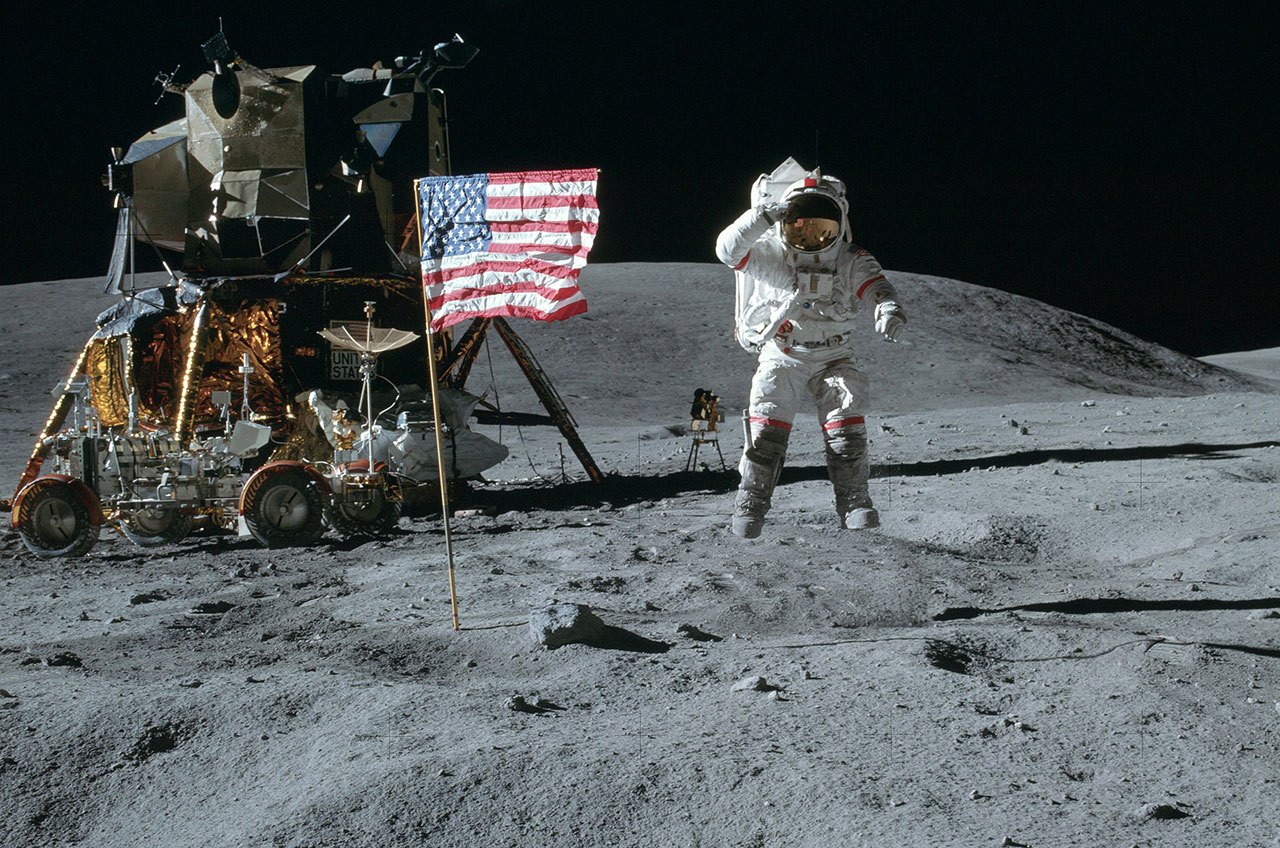
Apollo 16 commander John Young jumps and salutes the American flag while on the moon in April 1972.
The View on Camera
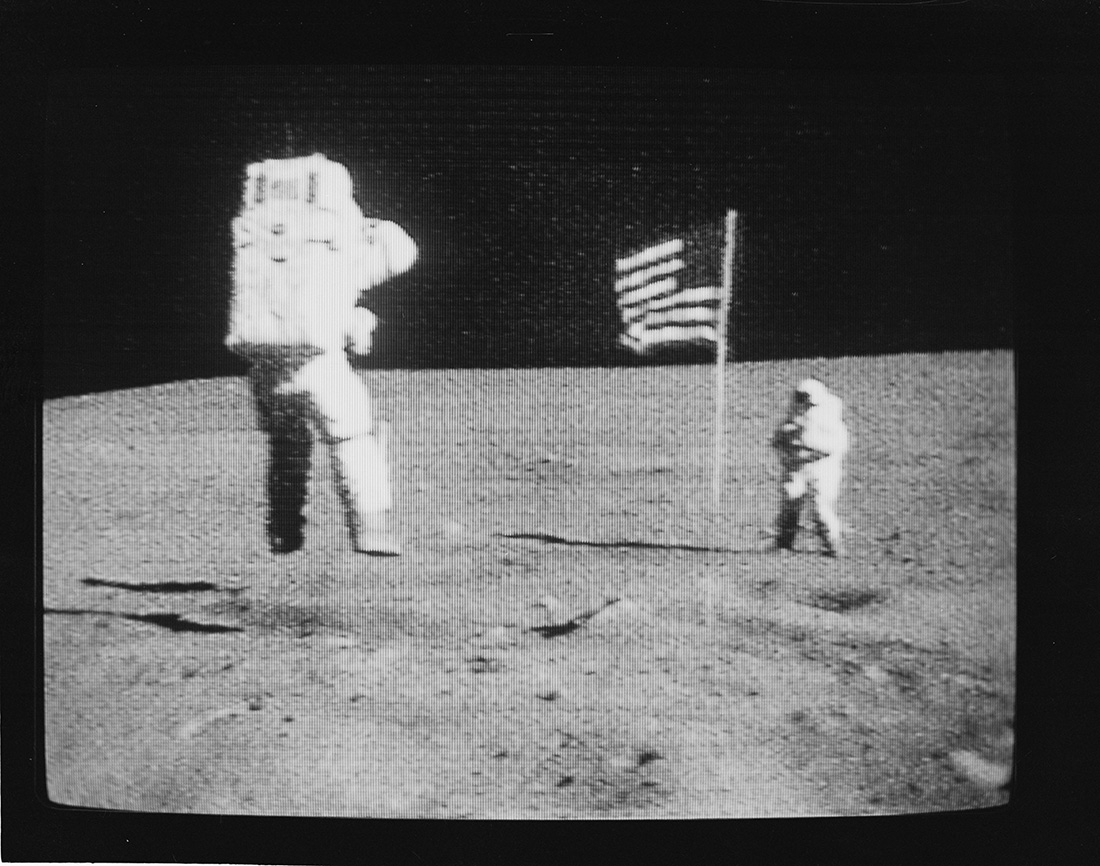
On April 21, 1972 during the first EVA of NASA's fifth lunar landing mission, astronaut John W. Young, commander of the Apollo 16 mission, salutes the United States flag while jumping from the moon's surface. The image is taken from a color television transmission made by the color TV camera on the Lunar Roving Vehicle. Beside the flag astronaut Charles M. Duke, Jr., stands.
Driving on the Moon

On the lunar surface, astronaut John W. Young gives the Lunar Roving Vehicle gets a speed workout during the first of three Apollo 16 extravehicular activities at the Descartes landing site. The image comes from a frame of motion picture film taken by astronaut Charles M. Duke, Jr., holding a 16mm Maurer camera.
Lunar Liftoff
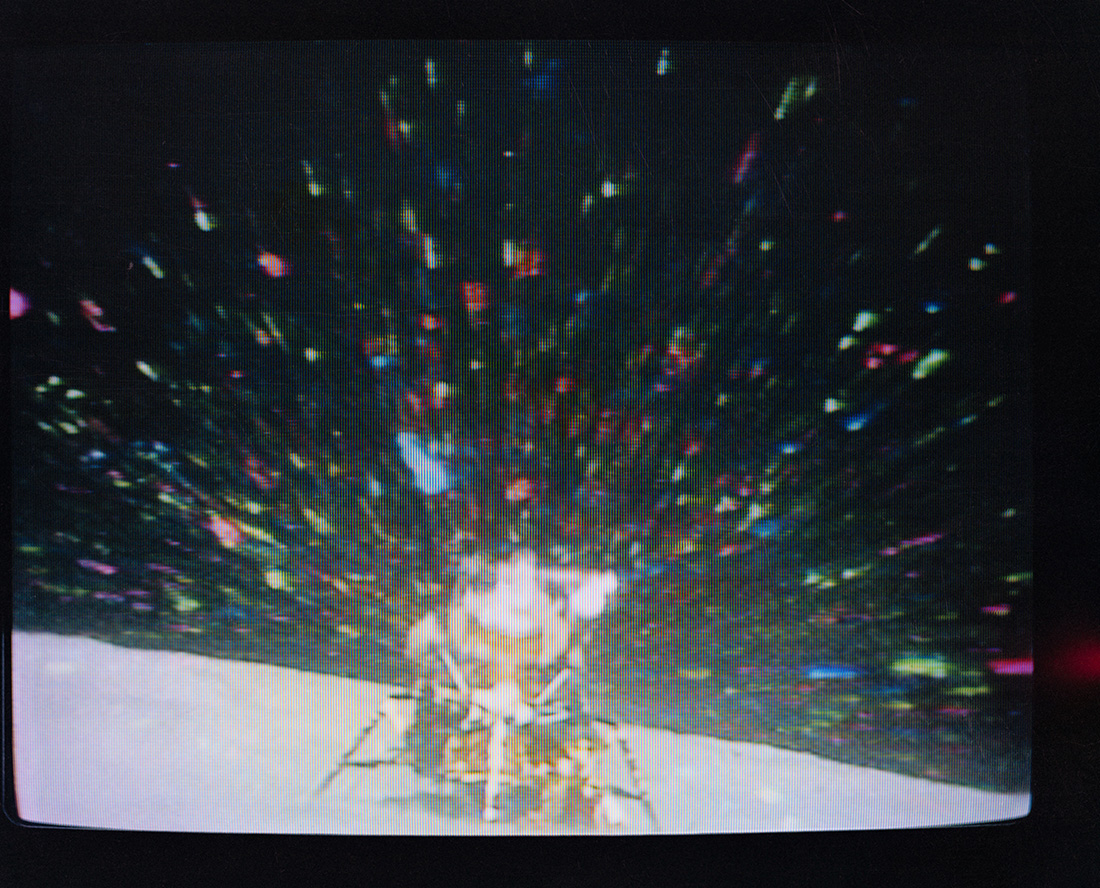
This image of the Lunar Module known as "Orion" during liftoff from the moon was taken from film beamed back to Earth from the RCA TV mounted on the Lunar Roving Vehicle. Astronauts John W. Young, commander; and Charles M. Duke Jr., lunar module pilot, maneuvered the Lunar Module from the lunar surface back to the Command and Service Modules known as "Casper" where astronaut Thomas K. Mattingly II command module pilot, waited in Lunar Orbit.
Apollo 16: Moon's North Ray Crater
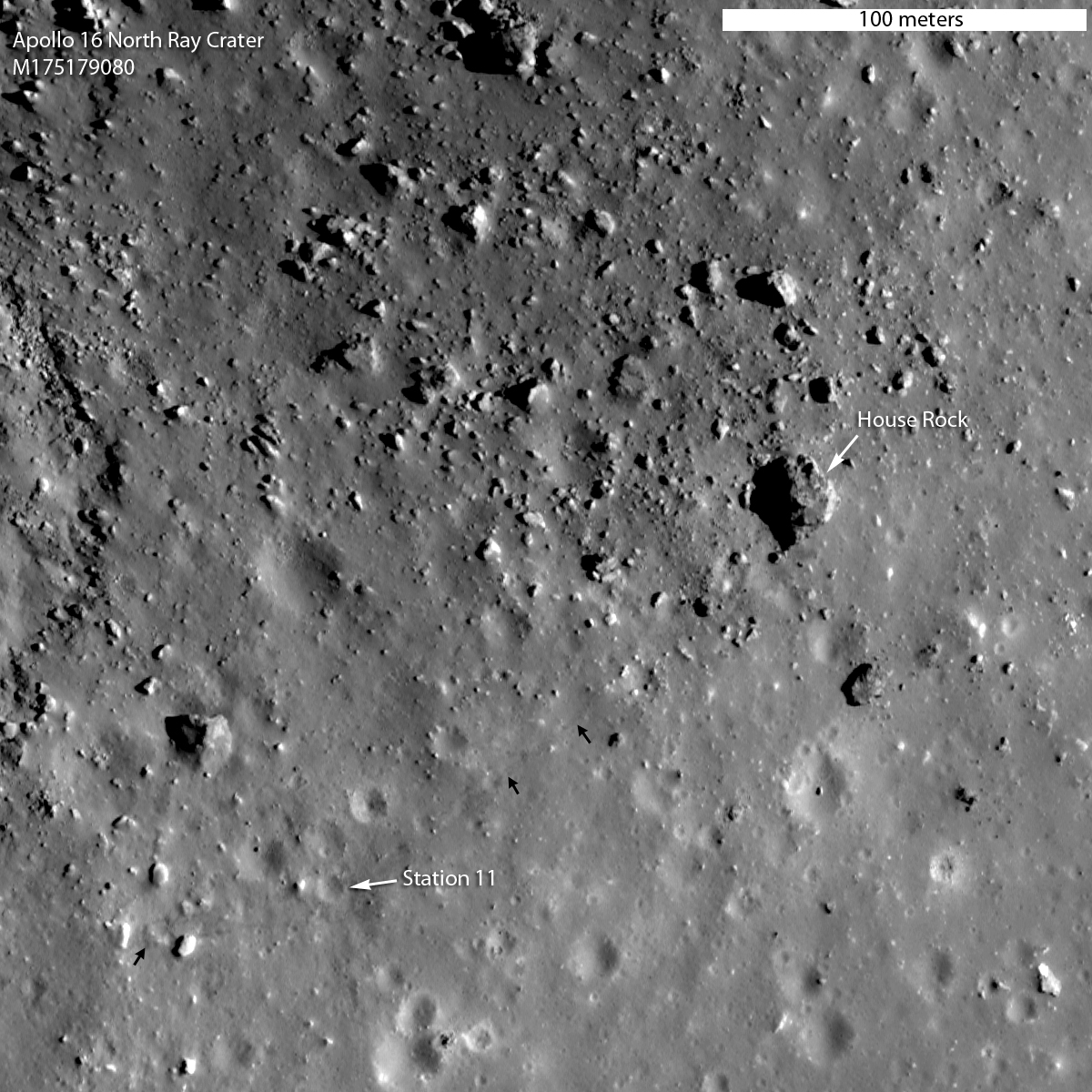
This photo shows the Apollo 16 landing site on the southeastern rim of North Ray crater, explored by Apollo 16 astronauts John Young and Charlie Duke, revealed in a new low-altitude image by the Lunar Reconnaissance Orbiter released on March 8, 2012. Area shown is 300 meters wide,o black arrows show foot tracks. The Apollo 16 mission landed on the moon on April 21, 1972.
Apollo 16: Footsteps in Sunlight
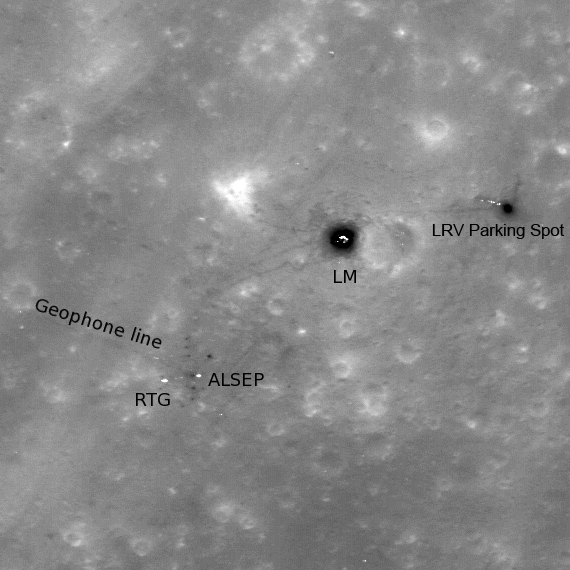
This high -sun image of the Apollo 16 landing site showing the lunar module descent stage, various pieces of equipment, and disturbed lunar soil (seen as darker lines and areas) which marks where John Young and Charles Duke traversed in the spring of 1972. NASA's Lunar Reconnaissance Orbiter took this photo, which was released July 8, 2010.
Get the Space.com Newsletter
Breaking space news, the latest updates on rocket launches, skywatching events and more!
Parachuting Home
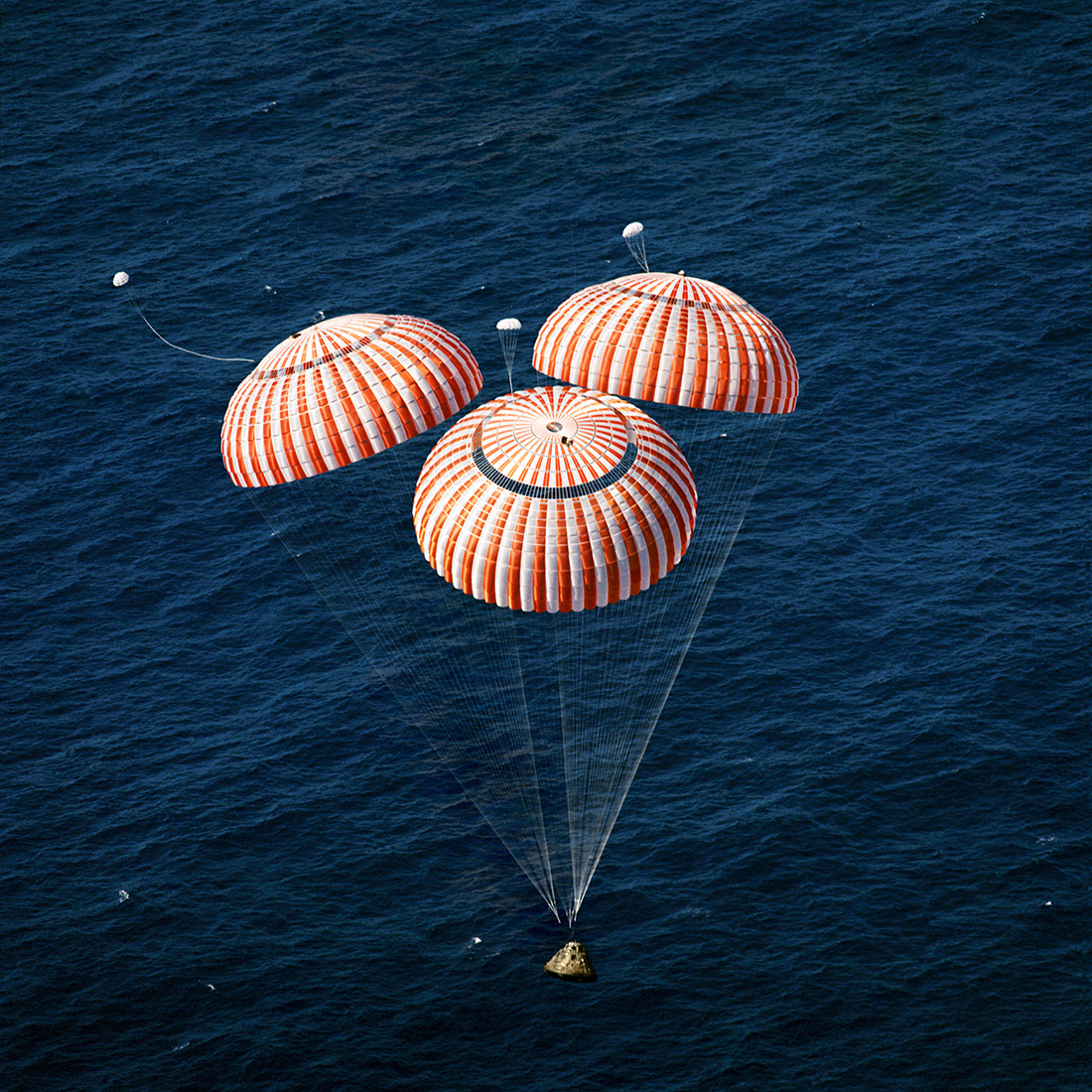
On April 27, 1972, astronauts John W. Young, Thomas K. Mattingly II, and Charles M. Duke Jr., return safely to Earth in the Apollo o16 Command Module. The craft is near splashdown in the central Pacific Ocean.
Exiting the Module
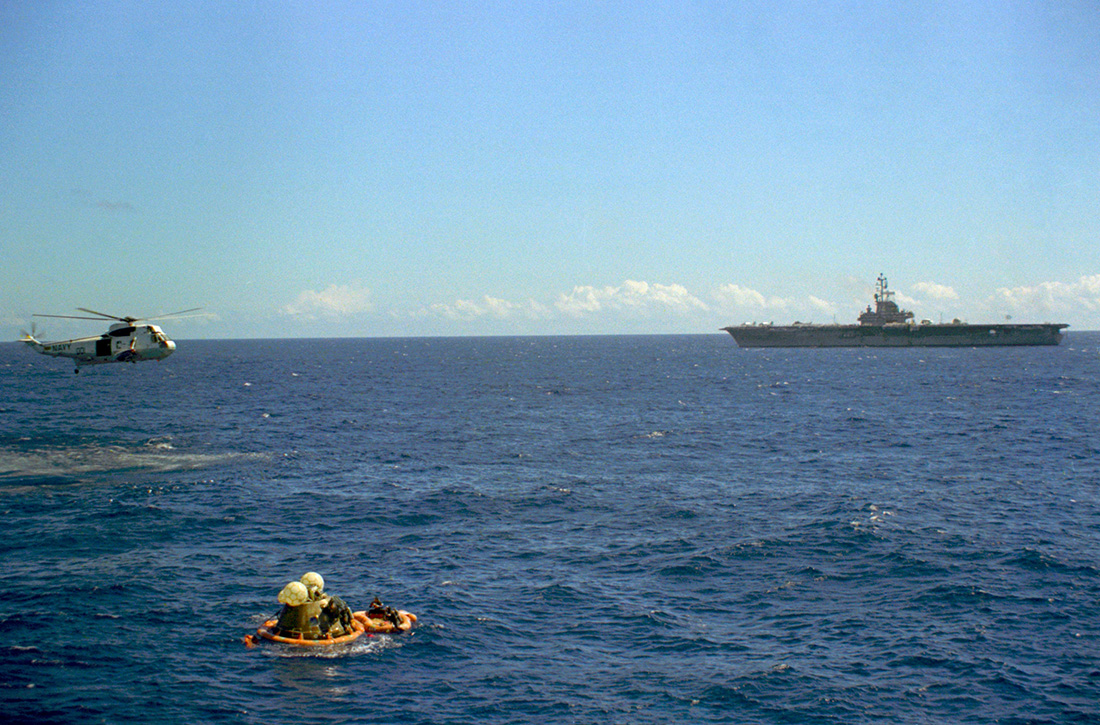
In the waters of the central Pacific Ocean the Apollo 16 Command Module floats during recovery operations by the prime recovery ship, USS Ticonderoga which is visible in the background. Overhead, a recovery helicopter hovers, waiting to raise astronauts John W. Young, Thomas K. Mattingly II, and Charles M. Duke Jr., the Apollo 16 crew, to safety. In the water a team of Earth Landing System swimmers assisted the astronauts.
Young Crippen shuttle maiden flight
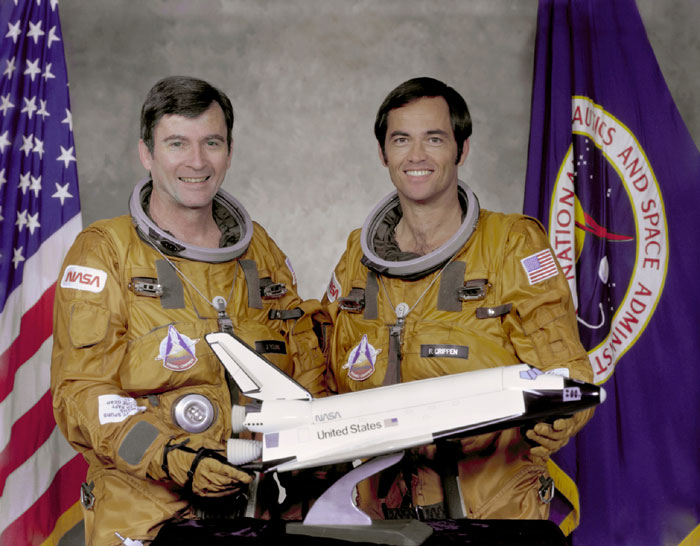
John Young and Bob Crippen flew on the Shuttle program's maiden flight in 1981.
Join our Space Forums to keep talking space on the latest missions, night sky and more! And if you have a news tip, correction or comment, let us know at: community@space.com.

Tariq is the Editor-in-Chief of Space.com and joined the team in 2001, first as an intern and staff writer, and later as an editor. He covers human spaceflight, exploration and space science, as well as skywatching and entertainment. He became Space.com's Managing Editor in 2009 and Editor-in-Chief in 2019. Before joining Space.com, Tariq was a staff reporter for The Los Angeles Times covering education and city beats in La Habra, Fullerton and Huntington Beach. In October 2022, Tariq received the Harry Kolcum Award for excellence in space reporting from the National Space Club Florida Committee. He is also an Eagle Scout (yes, he has the Space Exploration merit badge) and went to Space Camp four times as a kid and a fifth time as an adult. He has journalism degrees from the University of Southern California and New York University. You can find Tariq at Space.com and as the co-host to the This Week In Space podcast with space historian Rod Pyle on the TWiT network. To see his latest project, you can follow Tariq on Twitter @tariqjmalik.









